The history of Halloween is believed to have started with the Celtic culture which goes back thousands of years. They once spread across Europe and practiced a number of pagan rituals and customs. For example on the 31st of October every year, they would celebrate the end of their harvest. This festival was known as Samhain (pronounced sah-win or soh-win). The celebrations trickled over into November 1st which was the beginning of winter or the “darker half” of the year.
People believed this to be a liminal time where the veil between this world and the spirit world was at its thinnest. Thus allowing the souls of the dead to cross over and walk among the living. Naturally, the Celts were pretty spooked by all this and developed some extremely superstitious beliefs. To appease the dead, they carried out a number of different rituals and practices, many of which are still popular today.
Pin To Pinterest
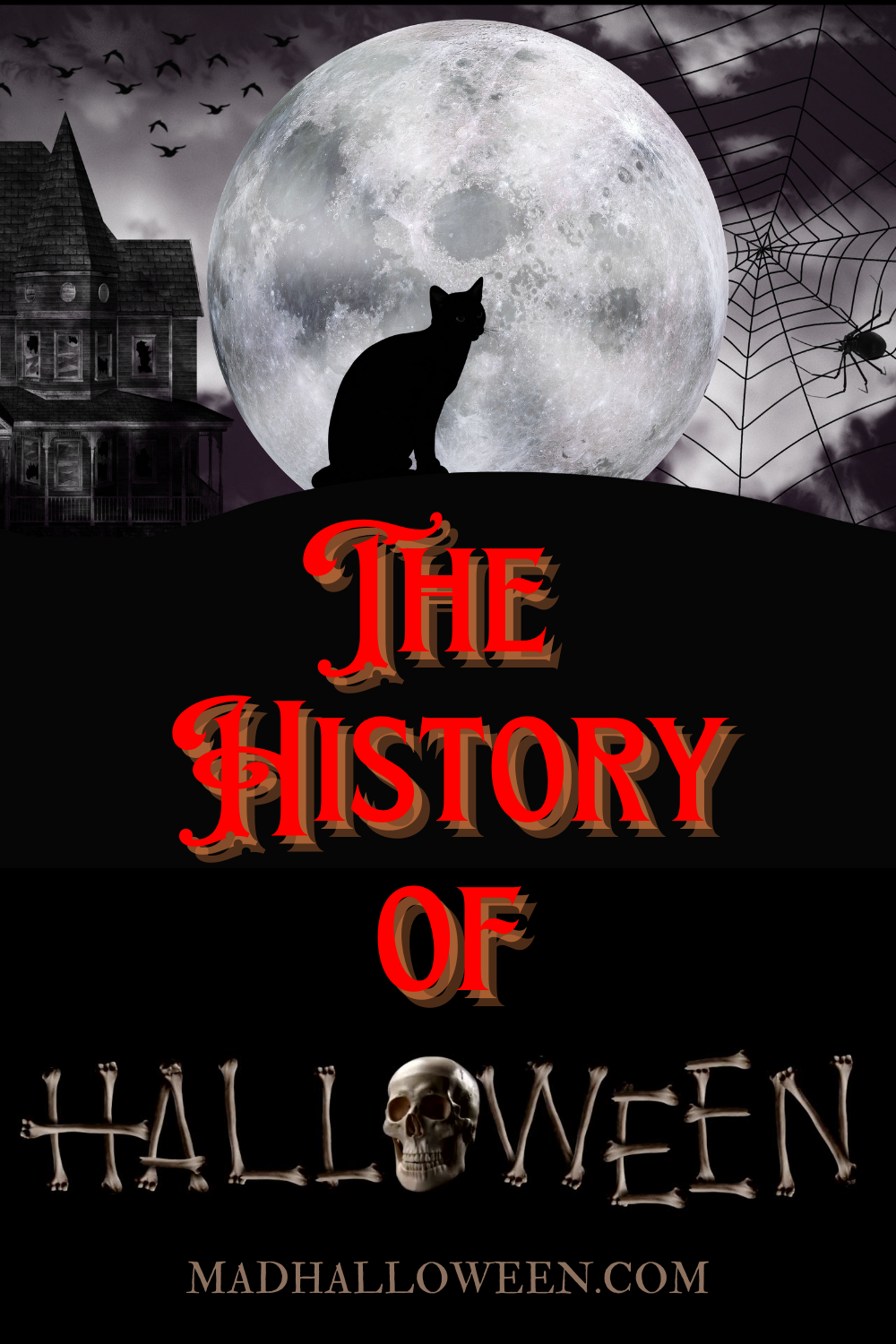
Influence of the Catholic Church
As the influence of the Catholic Church spread throughout Europe it frowned upon pagan rituals like Samhain. In the 7th century, the Vatican began merging it with a Church-sanctioned holiday. They made November 1 “All Saints Day”. This was to honor the Christian Saints that did not already have a day of their own. Back then All Saints Day was known as Hallowmas. With Hallow meaning holy, or saintly, the translation is more or less ‘mas of the saints’. That made October 31st ‘All Hallows Eve’. Many ended up referring to it as ‘All Hallows Even’, which gradually morphed into Halloween.
All Souls’ Day, was another Catholic Festival practiced by certain denominations. The official name of the celebration in the Roman Rite liturgy of the Roman Catholic Church is the commemoration of All the Faithful Departed. In some other languages, it is known as the Day of the Dead. It came to reside on November 2nd and was held annually. Observing Christians pray for and remember lost friends and relatives on this day. Prayer was very important on this day. It is believed that if enough were said that many trapped souls in purgatory could be released and go to heaven.
All Soul’s Day, 1888 by Jakub Schikaneder – Ophelia2
The Practice of ‘Souling’
On the eve of All Souls’ Day, many people would take part in ‘Souling’ or ‘Guising’ (from disguising). This is an action, practice, or ritual of going about asking for donations of food, especially soul cakes. These were also known as soulmass-cakes and were offered as a gift to ‘Soulers’ in exchange for prayers or songs for the departed. This was usually practiced by young children or the poor. Many believe it may have been one of the many foundations for what we know today as ‘Trick Or Treating’.
The History Of Halloween In America
During the potato famine of the 1840’s many Irish people left their motherland and immigrated to America. With them, they brought several of their holiday customs. Many of those activities include carving pumpkins into jack-o-lanterns, apple bobbing, trick or treating, lighting bonfires, visiting haunted places, dressing up in scary costumes and hiding behind masks.
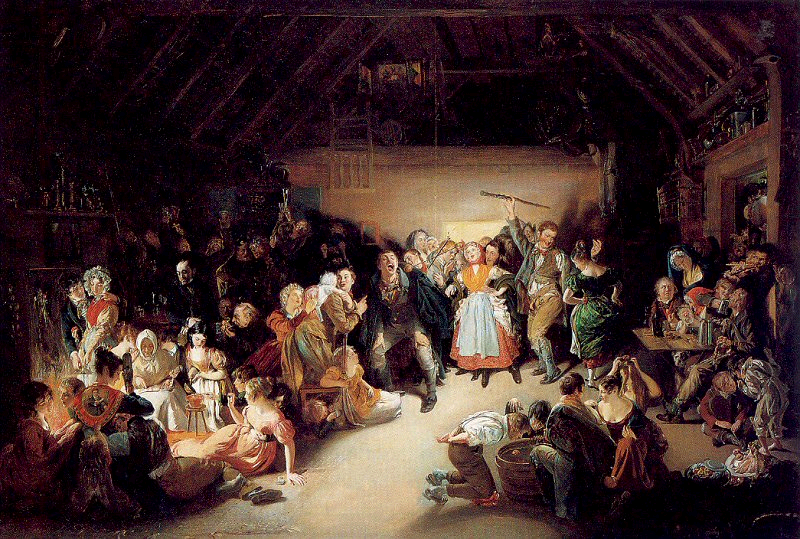
History of ‘Trick or Treating’
The tradition of knocking on random house doors and offering something in exchange for food has been around for some time. Although, the official term ‘Trick or Treat’ has been around for less than 100 years. The earliest known reference to it was, printed in the November 4, 1927 edition of the Blackie, Alberta Canada Herald, which talks of this,
Hallowe’en provided an opportunity for real strenuous fun. No real damage was done except to the temper of some who had to hunt for wagon wheels, gates, wagons, barrels, etc., much of which decorated the front street. The youthful tormentors were at back door and front demanding edible plunder by the word “trick or treat” to which the inmates gladly responded and sent the robbers away rejoicing.
Kids wore masks to avoid being recognized. Over the years these pranks evolved into outright vandalism and Halloween became a dangerous time for many people. This is one of the main foundations for Trick or Treating. Kids apparently said something along the lines of “you give us candy and we won’t trash your house”. So essentially people were offering bribes to children to encourage them to abandon their wicked ways. This became very popular and saw many children knocking on doors at Halloween.
Halloween Today
The United States is well regarded as the home to our modern Halloween festivities. Although, the event of Halloween is celebrated by people from different backgrounds, beliefs, and countries. Today adults dress up in elaborate costumes. Gone are the days where only children dress up on the 31st of October. Many of us do even dress up our pets.
One of the greatest additions to, modern-day Halloween are the street parades and parties. It is surprising the number of people who celebrate Halloween, but have little knowledge of its origins.
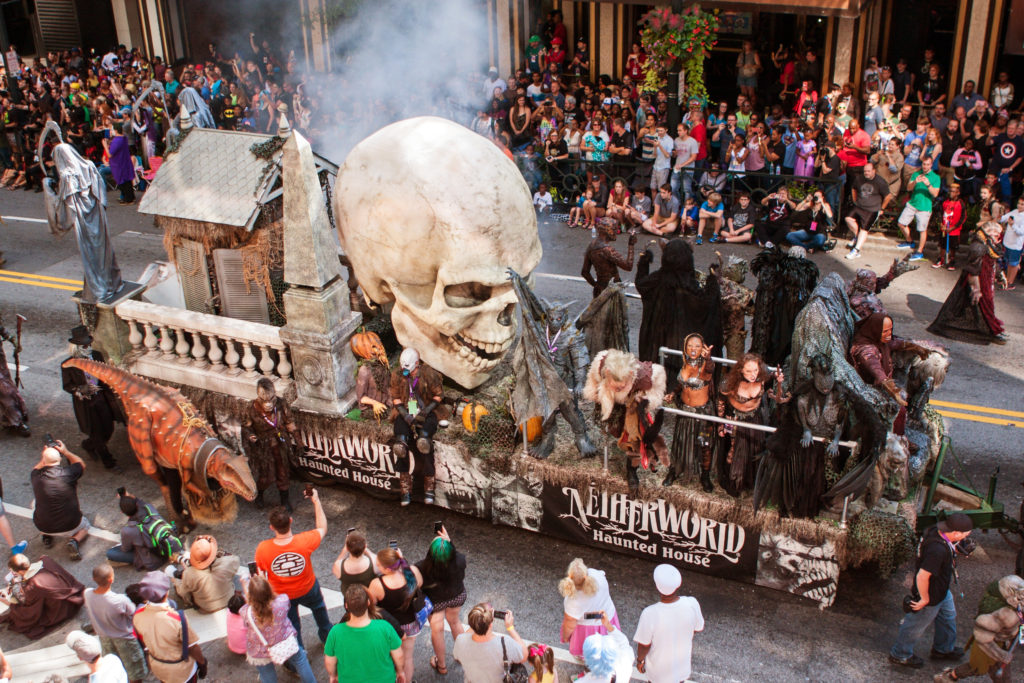

Subscribe Today!
Please Share & Comment!
We hope you have learned new interesting facts regarding the History of Halloween. Please feel free to share this post with your friends and family. We are always adding new content. So make you Subscribe to Mad Halloween for all the latest updates. Thank you so much for stopping by and make sure to visit our Halloween Shop and view more Blog Posts!

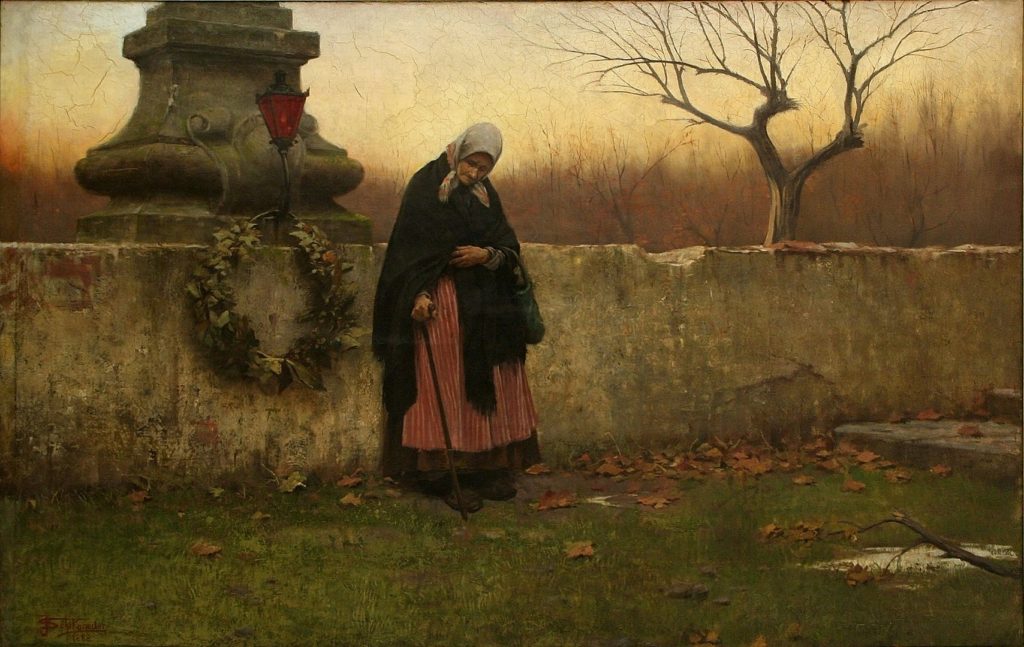
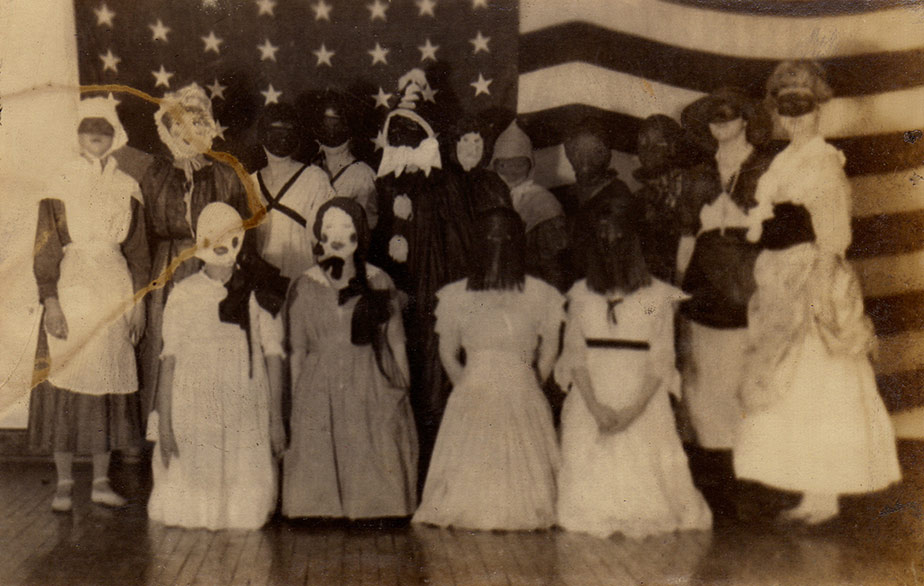
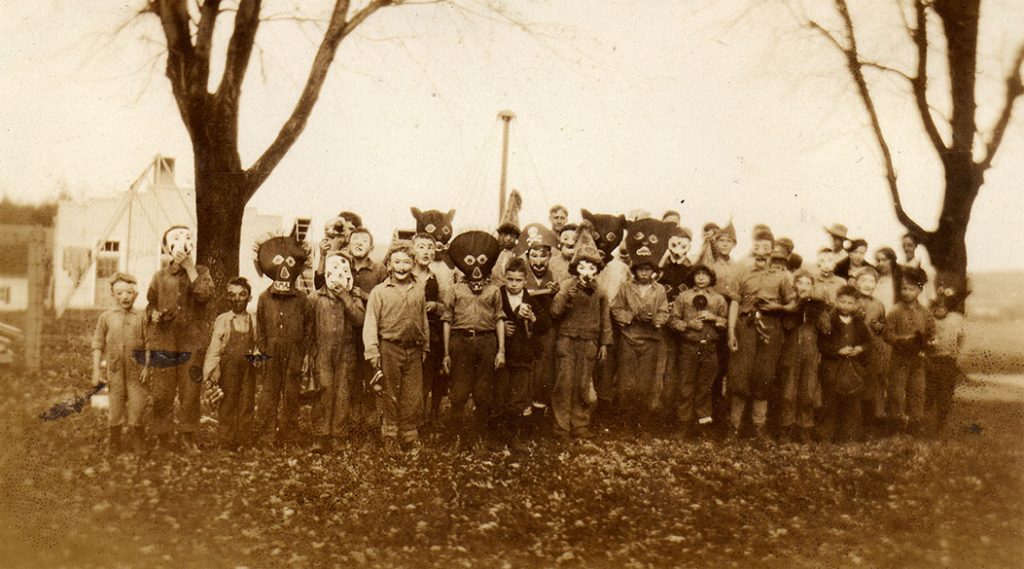
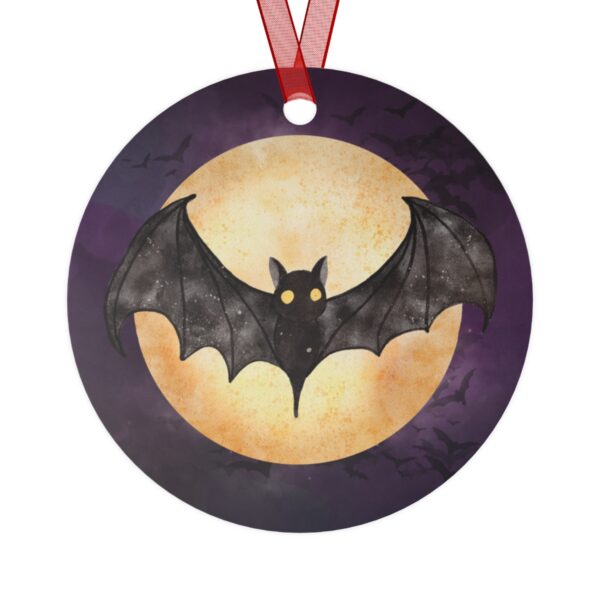
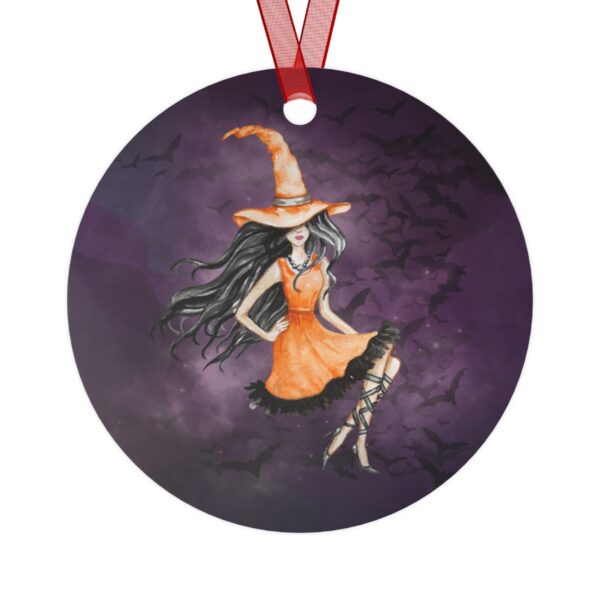



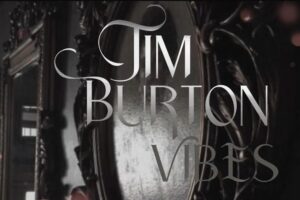
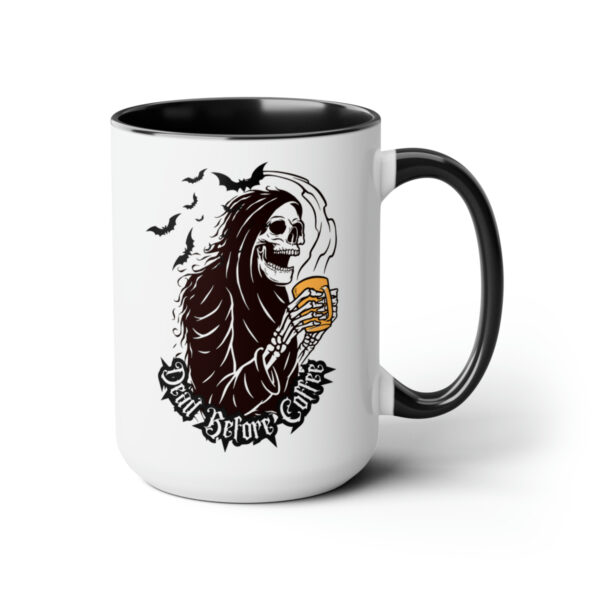
1 Comment
Leave your reply.